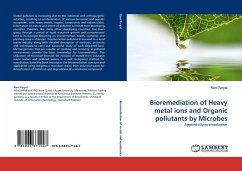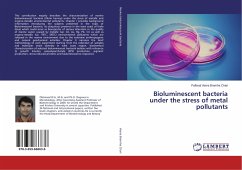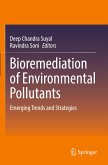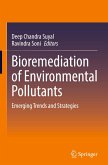Rapid industrialisation and urbanisation have resulted in the emission of toxic pollutants into the atmosphere.Municipal wastes,discharges of industrial wastes and agricultural wastes are the major sources of pollution of water bodies.These wastes produce different toxic pollutants such as nickle, copper,hexavalent chromium , zinc etc.Several conventinol techniques have been in practice for last few years.The chemical methods generate secondary pollutants and are ineffective at low concentrations.The percentage reduction of the pollutants was studied by the use of viable cells,biosorption and immobilisation techniques at different pH values and temperatures by the use of nonpathogenic microorganisms.
Bitte wählen Sie Ihr Anliegen aus.
Rechnungen
Retourenschein anfordern
Bestellstatus
Storno








